The History of Bondage in Mass Media 2- Wonder Woman

Last week I explored the History of Bondage in Mass Media with a brief look at the roots of bondage in Japan, then onto Western Culture. I investigated imagery from John Willie, Bettie Page and Irving Klaw, Pulp Fiction Detective magazines, silent films and seductive celluloid, then retro TV and onto contemporary TV and films.
Today I’m going to back up a bit and explore bondage in female super heroes (mainly Wonder Woman) via pulp fiction comics, TV shows and films.
Wonder Woman was the first real female super hero to be created. And, like the many who followed in her footsteps, she was an emancipated woman (she appeared on the cover of Ms. Magazine and was a feminist icon) who fought against the “bondage” (both real and literal) of women by patriarchy. Unlike the strong and negative archetypes of the femmes fatales of the 30s and 40s who were sexual objects of male desire that paid for their independence often with death, Wonder Woman and her predecessors fought man’s continuing efforts to keep them enslaved.
Ah, Wonder Woman. I can remember growing up and watching the TV show Wonder Woman and thinking how hot Linda Carter was. Buxom, brunette, with bullet reflecting bracelets, a boomerang tiara and a skimpy swim-suit style costume, I adored her. Unfortunately, Wonder Woman had a bad reaction to chloroform and ended up getting herself into bondage a lot. Here’s a video from the show of her bound in chains, which she easily breaks to make her escape.
History of Wonder Woman
Wonder Woman was created by Dr. William Moulton Marston for DC Comics in 1941 and has been continuously published by DC Comics ever since. She is a superherione Amazon Princess who belongs to the ancient warrior race of Amazons and Marston modeled her as a “distinctly feminist role model whose mission was to bring the Amazon ideals of love, peace, and sexual equality to ‘a world torn by the hatred of men…’ Marston wanted to create a positive role model for girls that would serve as a counter to the high level of violence and the “blood curdling masculinity” he felt pervaded superhero stories… [in which] women were typically portrayed as helpless and in need of rescuing, or as sexy, buxom pin-ups models, often in provocative bondage poses.”—The Legacy of Wonder Woman
Among some of her amazing powers were super strength, speed, stamina, the ability to fly and she was also skilled in hand-to hand combat being an Amazon Warrior and all (obs!). Despite her strength and wondrous powers, she did have one deadly weakness: “if her bracelets are bound together by a man, she loses her powers. In countless stories, she is chained and bound by male villains, only to break free and triumph. The ropes and chains are symbols of patriarchy and the drama is her ability to break the shackles of male domination they symbolize. Unfortunately, most comic historians have ignored the feminist elements of the series, and focused on these elements of bondage, reducing the complexity of Marston’s Wonder Woman mythos to little more than a thinly disguised sadomasochistic sexual fantasy.”—The Legacy of Wonder Woman
One “source” suggests that her tribe was enslaved by Hercules who seduced their Queen into removing her invincibly girdle, and once rescued by Artemis, where forced to wear their metal bracelets to remind them of their enslavement to man.

Whether symbolic or not, bondage became a big theme in the pulp comics of Wonder Woman and she fueled people’s fantasies of bound damsels, as well as fantasies of Amazon women, and emancipation after suffrage. Oddly enough, the Amazons also practiced bondage on other women on Transformation Island (a small island near the Paradise Island—Wonder Woman’s home—which served as a rehabilitation facility for reforming criminals). There was also a dominant/submissive lesbian mythos to Wonder Woman’s character that was scarcely hidden in the island’s training methods. Wonder Woman thus became the very epitome of the buxom damsel in distress in bondage and perpetrator of those acts on other buxom villains that Marston supposedly was trying to reform.

So Wonder Woman is an incredibly complex dichotomy who went on to inspire many similar heroines, some with super abilities and others who were super sleuths, all of whom ended up in bondage at some point. These include Emma Peel from the Avengers, 99 from Get Smart, Charlie’s Angels, the Bionic Woman, Lois from the Adventures of Lois and Clarke, Buffy the Vampire Slayer and of course Xena: Warrior Princess, who is perhaps a modern remake of the iconic Wonder Woman character.

Do you think Wonder Woman was an emancipated character as her creator Marston had hoped, or is she only a thinly veiled reason to put “strong” women in bondage during the 40s and 50s, which may have been symbolic about American patriarchal views and attempts to control women? Do you think Marston himself was into bondage?
More Images of Wonder Woman in Bondage
Image Gallery from Bondage Erotica
Join me next week for a new Pop Culture segment that explores the Dominatrix as an icon that reclaims Femme Fatale of the 30s.

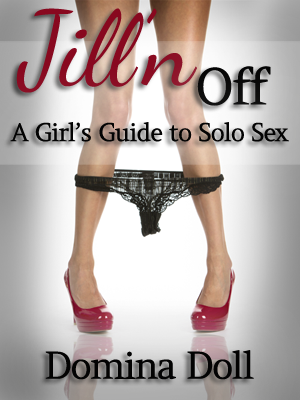
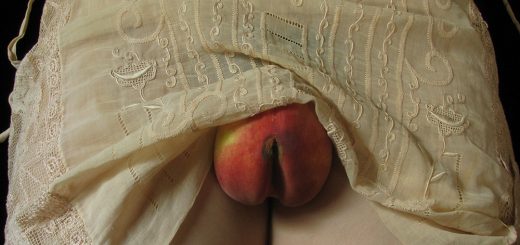
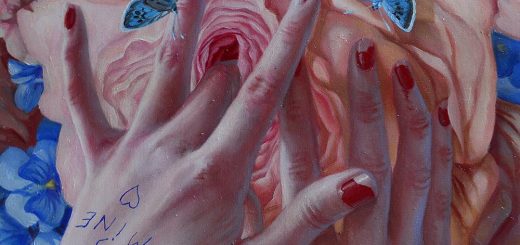
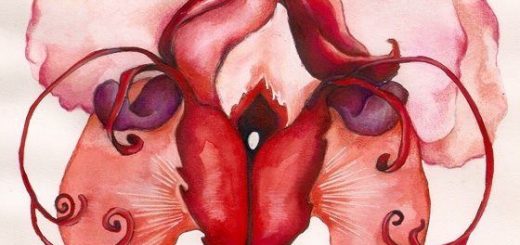

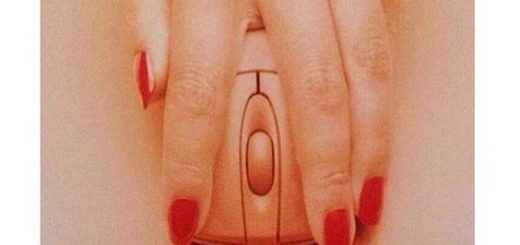
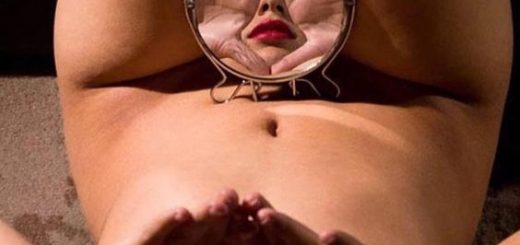

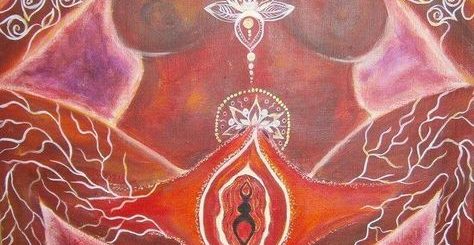
Honestly, I dont see this kind of thing as an isolated incident. When I worked at a comic shop, I had to catalog alot of comics from the Golden and Silver periods.
Every so often, I would see a situation which had undertones of bondage in a few different comics. Superman was another such one. One of the covers I scanned through had Superman bound up in a standing position, with Lois Lane readying a whip to use on him.
So maybe it isnt just Dr. Marsten who had his brain go in that direction. Either that, or my mind is in the gutter again. 😉
.-= VixenBlu´s last blog ..Suck My Tranny Cock 06 =-.
Yes, I think you are right. I saw a recurring theme in some of the other comics as well. I was floored by how many there was of Wonder Woman though. I guess I’ve lived a sheltered life! LOL. I’d love to see that Superman cover with Lois Lane and a whip! Would be a great lead in to my next article on Dominatrix and Pop Culture!
Well, as your “source” I would point out that there was much more intense sadomasochistic imagery than anything that showed up in Wonder Woman’s pages in the comics that were her contemporaries prior to the institution of the Comics Code. Also, I think Marston, who was definitely into bondage (as well as polygamy) in his personal life, brought a lot of dominatrix imagery to Wonder Woman … a loving, protective sort of dominatrix. Wonder Woman got tied up every so often, but she rarely needed rescuing … she was capable of getting out of fixes on her own. Then when the writers from DC took over after Marston’s death in the early 1950s they gradually transformed her into a more typical comics heroine, culminating in stripping her of her powers in 1967, followed by a return of her powers when NOW Magazine expressed their feelings about her as a feminist icon in 1972.
Hello Pat,
Thanks so much for your response and the additional information! I was really quite intrigued with your site, and all your resources. I’m glad you enjoyed my article. If you’d ever like to contribute here with a follow-up article, let me know. My readers would be very interested. And, you are much more informed on the subject of Wonder Woman that I am 🙂
TY!